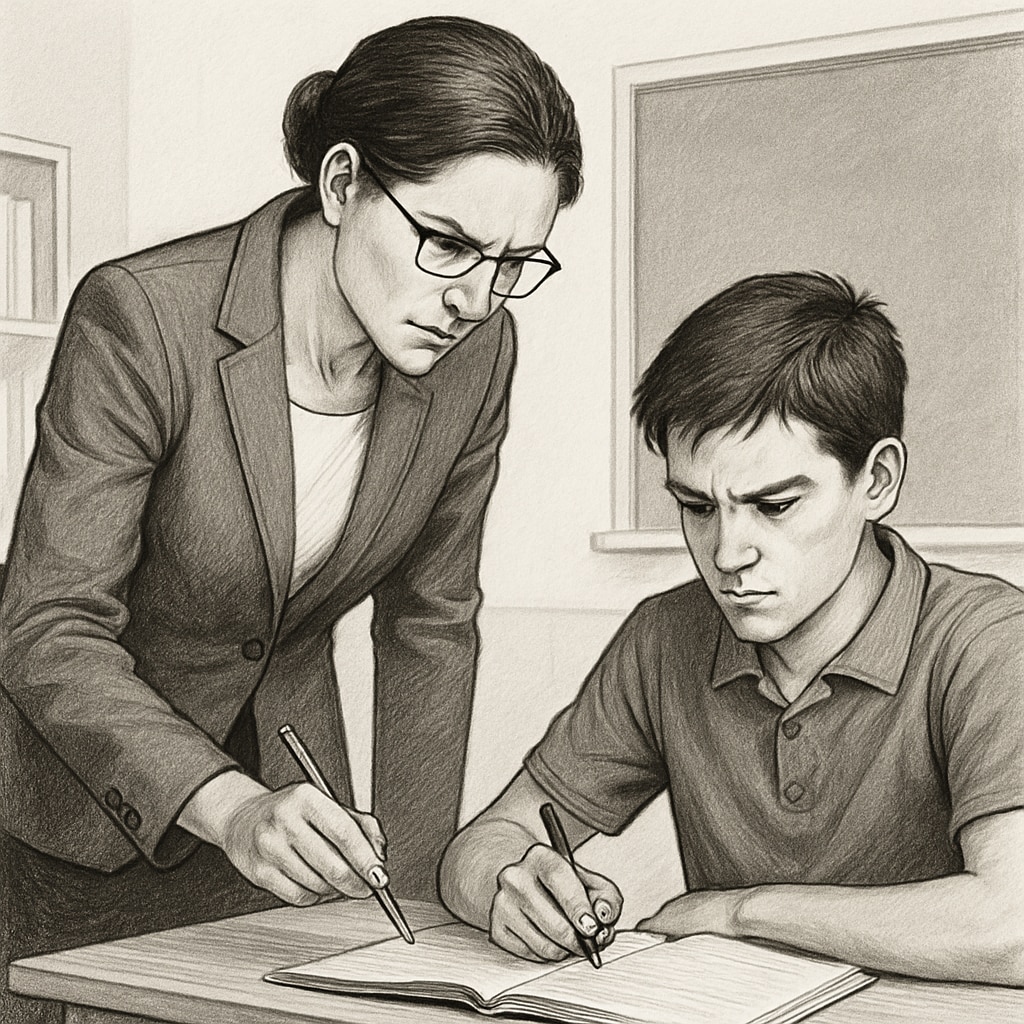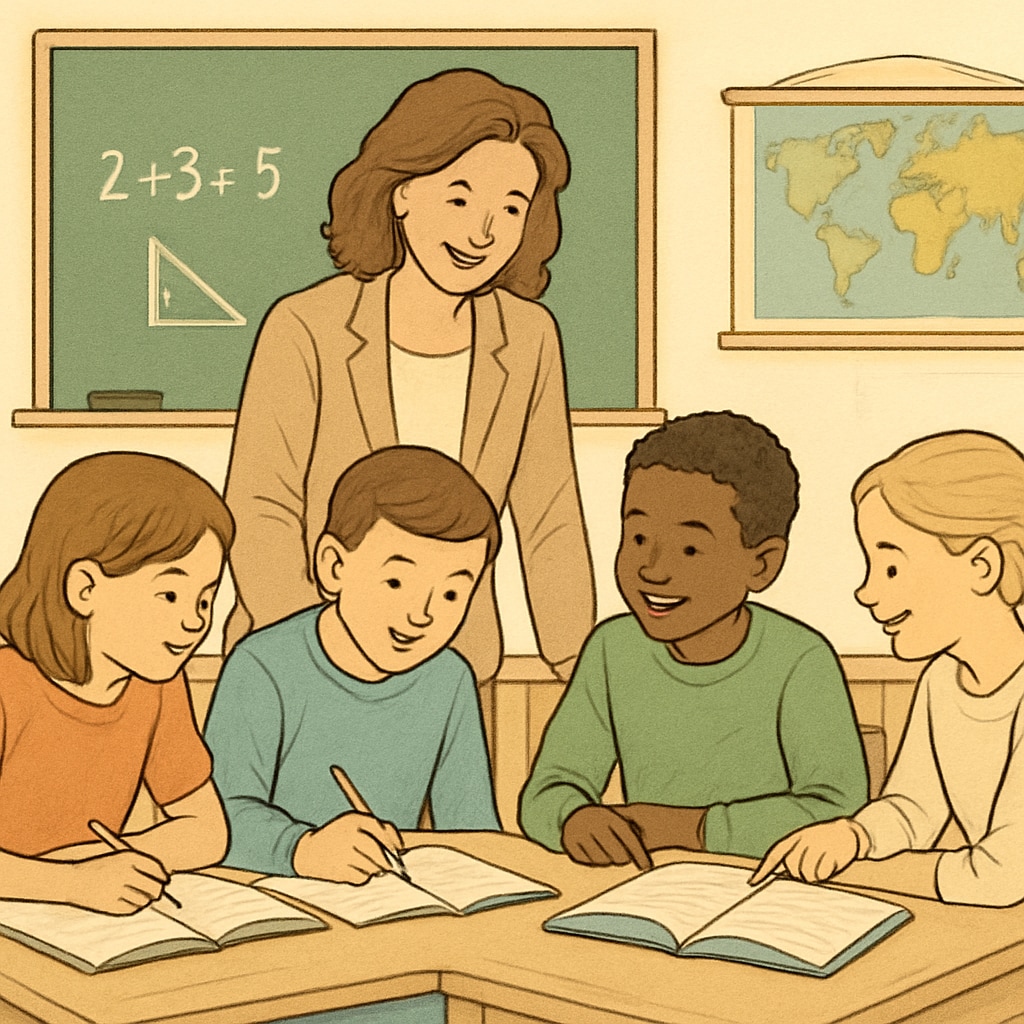In the pursuit of educational excellence, educators often face the challenge of navigating the ethical dilemma between rigorous teaching methods and nurturing care. This tension is vividly portrayed in the film Whiplash, where the relationship between a demanding music teacher and his student invites questions about the limits of education. Should educators push students to their extremes to unlock their potential, or prioritize their mental well-being and personal growth? This article delves into the complex interplay between these approaches, shedding light on how educators can strike a balance between rigor and care in K-12 education.
The Ethical Dilemma: Pushing Limits vs. Protecting Mental Health
One of the core themes in Whiplash is the teacher’s relentless pursuit of brilliance in his student, which often manifests as harsh criticism and extreme expectations. While this approach can lead to remarkable achievements, it may also cause emotional distress, anxiety, and burnout. For example, the protagonist in the film achieves extraordinary musical skills but at the cost of his mental health and personal relationships.
Similarly, in real-world education, rigorous teaching methods—such as high-pressure environments, strict grading systems, and relentless academic challenges—can inspire exceptional performance but risk harming students’ emotional well-being. According to Britannica’s educational psychology overview, mental health plays a pivotal role in a student’s ability to learn effectively and thrive academically. Striking the right balance is critical for educators aiming to both motivate students and safeguard their emotional health.

Understanding Rigor: Unlocking Potential Through Challenges
Rigorous teaching methods are often praised for their ability to push students beyond their perceived limits. By setting high expectations and demanding sustained effort, educators can cultivate resilience, discipline, and a pursuit of excellence in their students. This approach is especially impactful in fields like music, athletics, and science, where mastery requires intense focus and practice.
However, the question remains: how much is too much? Research from Wikipedia’s educational psychology page suggests that while challenges can foster growth, excessive pressure can lead to diminishing returns. Students may become disengaged, develop negative attitudes toward learning, or experience physical and emotional exhaustion. Educators must carefully calibrate the level of rigor to ensure it remains constructive rather than destructive.

The Role of Nurturing Care in Education
On the other hand, nurturing care focuses on creating a supportive and empathetic learning environment where students feel valued and understood. This approach prioritizes emotional safety, encouraging students to take risks and learn from failure without fear of harsh judgment. Studies have shown that students perform better academically and socially when they feel supported by their teachers and peers.
While nurturing care is essential, it must also be balanced with the need for academic rigor. Overprotective or excessively lenient practices can lead to complacency, limiting students’ ability to reach their full potential. The challenge lies in identifying the sweet spot where students feel both encouraged and challenged.
Finding the Balance: Practical Strategies for Educators
Achieving a balance between rigorous pushing and nurturing care requires intentional strategies. Here are some practical approaches educators can adopt:
- Set realistic expectations: Challenge students while ensuring goals are attainable and aligned with their abilities.
- Provide constructive feedback: Focus on growth-oriented comments that inspire improvement without causing discouragement.
- Foster open communication: Encourage students to share their concerns and feelings, creating a culture of trust and mutual respect.
- Monitor mental health: Be attentive to signs of stress or burnout and provide resources for emotional support.
- Celebrate progress: Acknowledge achievements to build confidence and motivation.
By integrating these strategies, educators can create a balanced approach that maximizes student potential while ensuring their well-being.
Conclusion: Rethinking Educational Excellence
The ethical dilemma between rigorous pushing and nurturing care highlights the complexity of modern education. As seen in Whiplash, extremes in either direction can have profound consequences for students. The key lies in recognizing the unique needs of each learner and adapting teaching methods accordingly. By balancing rigor and care, educators can not only inspire academic success but also nurture well-rounded, resilient individuals capable of thriving both inside and outside the classroom.
Ultimately, education is not just about achieving excellence—it’s about empowering students to become their best selves while maintaining their mental and emotional health. As educators, the responsibility of shaping future generations demands a thoughtful and balanced approach, ensuring that the pursuit of brilliance does not come at the expense of humanity.


